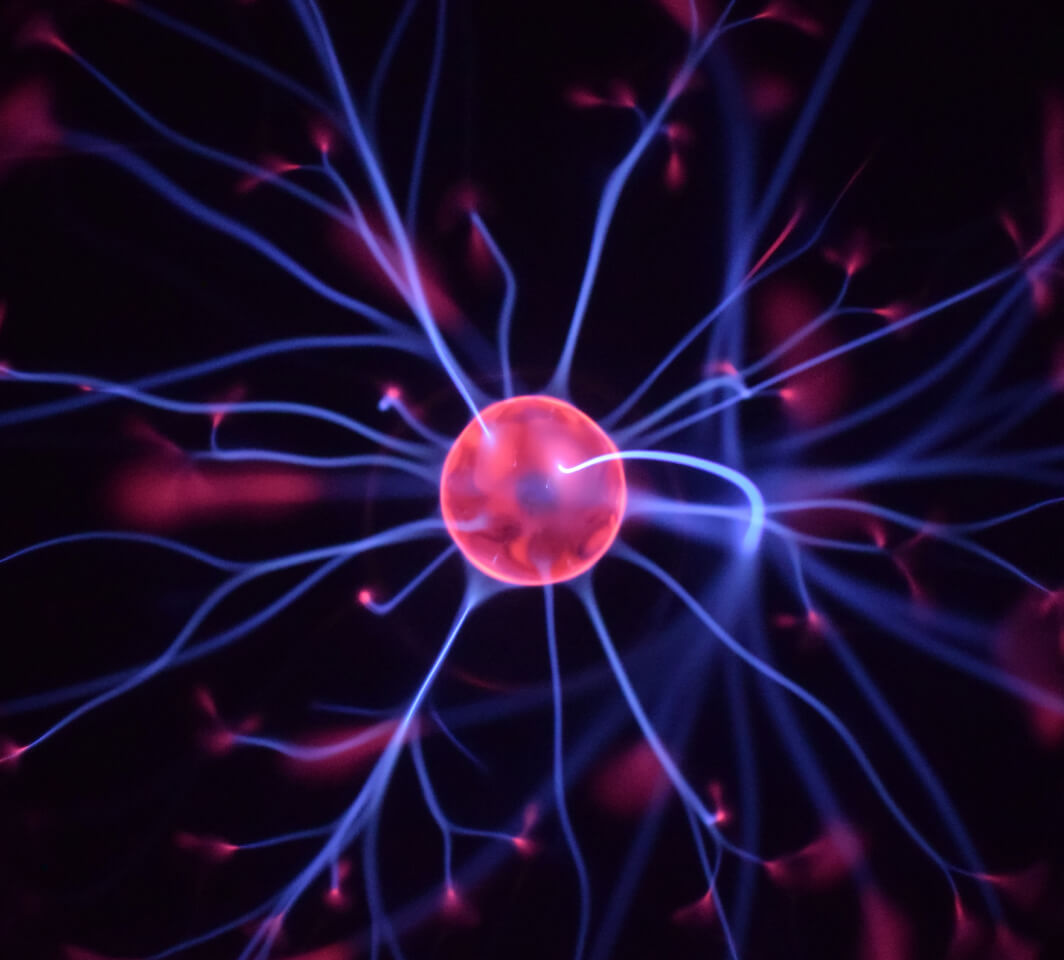Early Brain Development & Vitamin E
- Main Image
-

- Title
- Early Brain Development & Vitamin E
- Short Description
-
Read all about how natural vitamin E can support your little one's brain development. Here are examples of delicious foods with Vitamin E.
- Detail Page Path


